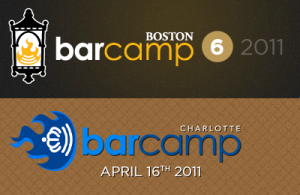When I was two I almost drowned.
Ever since, water and I have had a strained relationship. I learned to swim when I was nine or ten, but have never liked swimming. I always keep my head above water.
Today, I swam my first set of laps. And tomorrow I plan to swim again.
Last night my friend Jason and I were talking about which exercises keep you in shape as you get older. Swimming and running seemed to be about equal. He swims 2-3 times a week. I just started running after noticing that runners seem to maintain their fitness level the most as they age.
But running has its disadvantages. And even if you run, you should cross-train. And while I recently took up biking as well, swimming was looming at me. A weakness I hadn’t tackled yet. The one that would prevent me from ever being in a triathlon, one of the ultimate tests of endurance.
Today I started to tackle that weakness.
Continue reading >

 With
With
Recent Comments